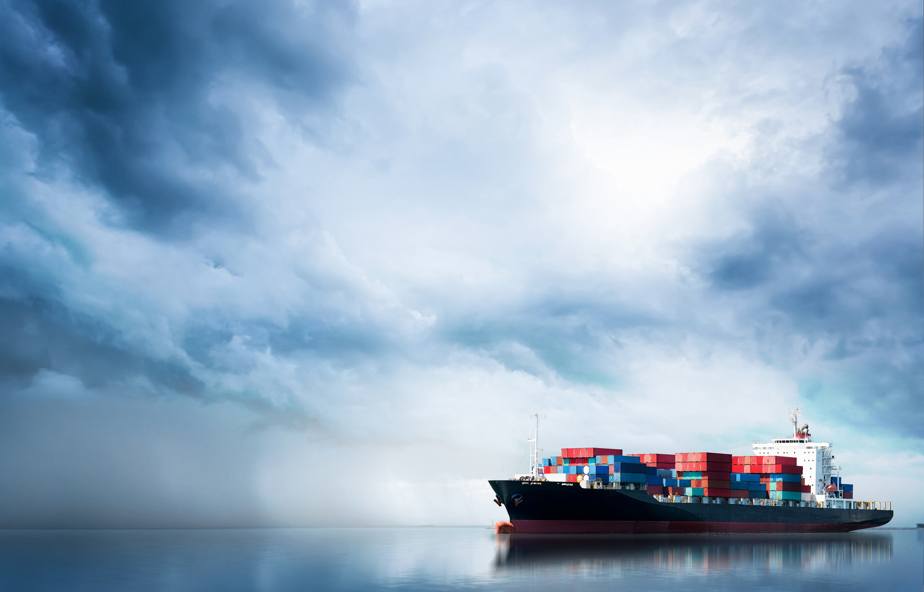The Bureau of Meteorology has declared a ‘negative Indian Ocean dipole’ for the first time in five years. It could be good news for farmers – unless we get hit by cyclones and floods.
We spoke with Kurt Herron, NTI’s Logistics Risk Engineer - Marine, about the weather’s likely impacts on Australian businesses and how cargo owners can ensure they’ll be able to weather the storm.
Understand your risks
“Ultimately, cargo is designed to move,” Kurt says. “Supply chains are usually pretty resilient, but extreme weather can pull them up.”
Kurt says there are four key risk categories: access (physically getting to your cargoes); static (stock in storage or a warehouse); accumulation (if you can’t move your inventory and it starts to build up in storage or with logistics companies); and damage (where cargoes are damaged or lost).
Access risks
Extreme weather can make it difficult or even impossible to access your goods physically. Kurt says it’s critical to “advise potential issues and obligations to your freight provider, so they can also prepare and adapt.”
“If you know you have a muddy driveway that’s going to cause issues with a B-double coming through, maybe don’t send it in the middle of a rainstorm.
“And make sure that you communicate things to your insurer as well.”
Static risks
Static risks arise from having stock in a warehouse that’s affected by extreme weather. “You want to be evaluating your facilities and how they will respond to weather events,” Kurt says.
“If they’re in low lying areas, do you need to look at moving your cargo to a third-party facility? Do you have the correct plans in place for those types of events?
“You want to look at communication with drivers and clients – communication is key.”
Accumulation risks
If you can’t move your stock, then you’ll face a higher accumulation value than usual.
“If you’re seeing more accumulation, if you’re seeing higher values held in-transit or in your facility, communicate that out,” Kurt says. Let your broker or insurer know.
“If you’ve got higher accumulation or higher static risk,” Kurt says, “you need to know if your coverage is sufficient to your exposure.”
“You may also want to consider external or third party storage options to minimise your exposure to potential risks”.
The other precaution is to review your policies and your procedures to guard against the extra exposure.
Damage risks
The most obvious risk is of cargo being damaged or lost in transit due to poor weather.
Kurt says you should start by understanding your cargo. “You need to understand what the weather can potentially do. And you need to implement risk mitigations early.”
“So if you’ve got cargo on open flatbed trucks, make sure your transport operator will tarp that cargo or that it’s transported under cover. .
“Consider changing what you’re doing. For example, if you use wooden pallets, the risk of moisture and mould accumulating in those is higher than in using plastic pallets.”
Mitigations
Preparation and communication are your best risk mitigations. Start with your strategic documents.
“Have you looked at your business continuity plan? Have you looked at your incident response plan?” Kurt asks.
“If you haven’t done so in the past six months, I would say to review it. And the other thing you want to do is to test it.
“The best policy in the world won’t work if nobody knows what to do in an actual crisis. Communicate any investigations or changes that you make and get your team’s input.
“They’re the ones that will be on the ground in extreme weather, so understanding everybody’s position in these plans is paramount.”
Kurt says toolbox talks and other team gatherings are good places to bring everyone up to date. Make sure they know what’s in the plan and how to access it when needed. Make the documents available virtually or provide handouts to every employee.
After all, the best plan in the world won’t do anyone any good if it’s locked in a filing cabinet that’s now underwater in a flooded office.
